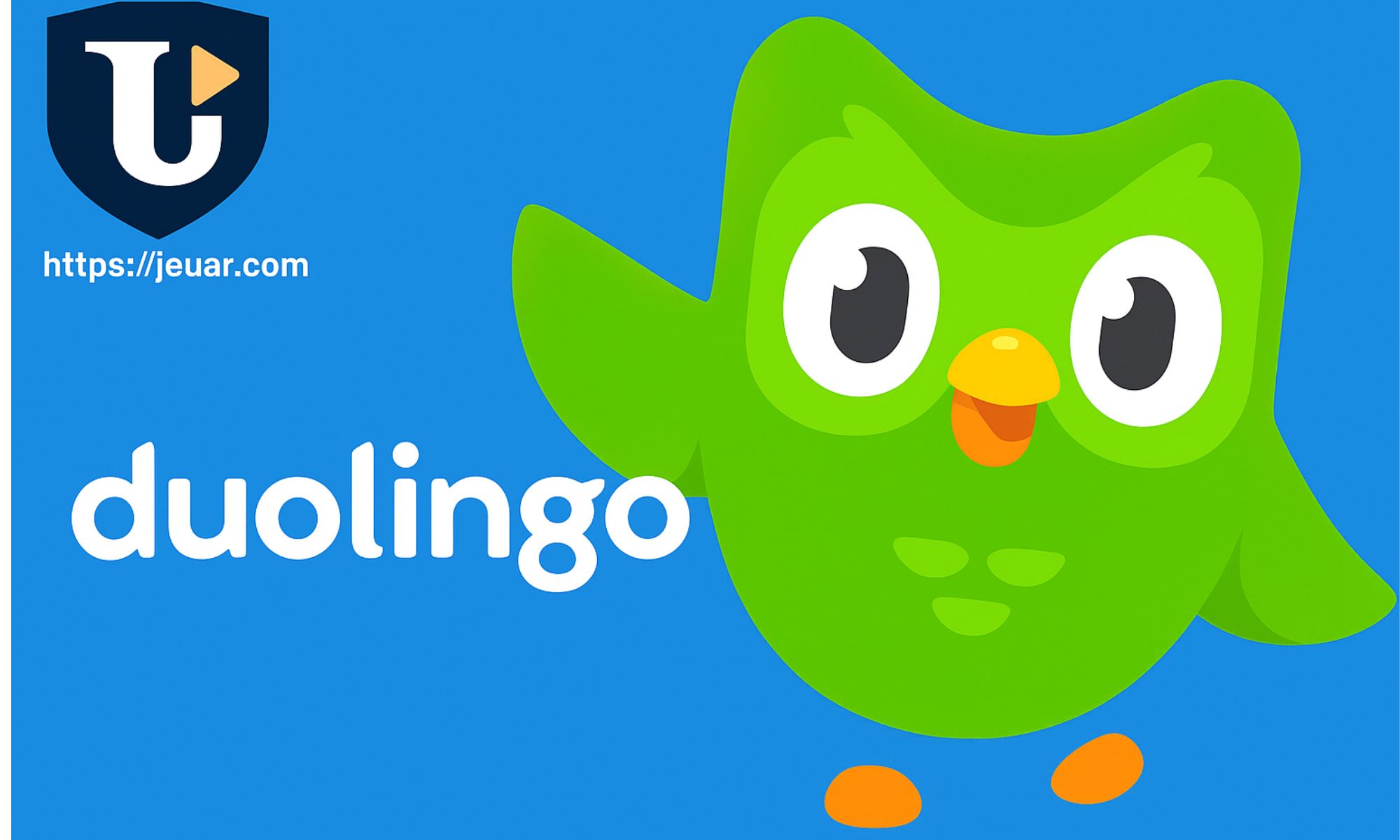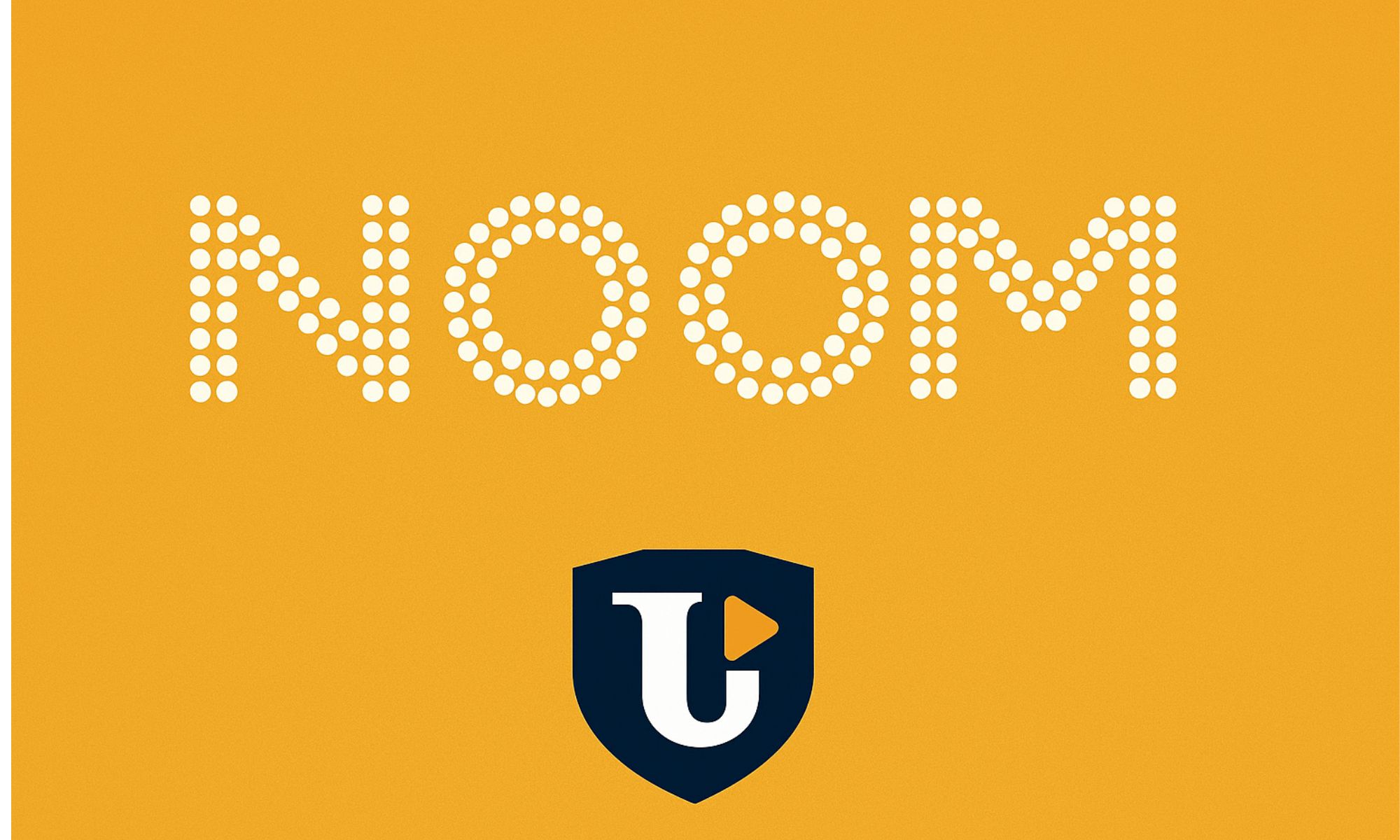Learning a new language has always been seen as a challenging, time-consuming, and sometimes expensive journey. Traditional classroom courses cost money and require time, textbooks aren’t interactive, and private tutors are often out of budget for many learners. But over the last decade, Duolingo has changed the way people around the world approach language learning.
With over 500 million downloads, Duolingo has become the most popular language-learning app in the world. Its fun, game-like lessons promise to teach you a language for free, whether you’re a beginner or looking to brush up on skills. But does Duolingo really work? And is it the right choice for serious learners? Let’s dive deep into everything you need to know about the app, from features and benefits to its limitations and how to get the most out of it.
What Is Duolingo?
Duolingo is a mobile and desktop app designed to make language learning accessible to everyone. Founded in 2011 by Luis von Ahn and Severin Hacker, its mission is simple: to provide free language education to the world.
The app teaches through short, gamified lessons. Instead of memorizing long vocabulary lists or repeating grammar drills, you complete quick exercises where you:
- Translate words and phrases
- Match audio to text
- Fill in the blanks
- Speak or listen to sentences
The app rewards you with points, streaks, and achievements, making the process feel less like studying and more like playing a game.
Currently, Duolingo offers 40+ languages, including popular ones like Spanish, French, German, and Japanese, as well as niche or even fictional ones like Navajo, Hawaiian, and Klingon.
Why People Love Duolingo
1. It’s Free
The biggest draw is that you can learn without paying a cent. Duolingo’s free version gives you full access to most of its courses. While there’s a Duolingo Plus subscription with extra perks (like no ads and unlimited mistakes), the free version is still incredibly robust.
2. It’s Fun and Addictive
Duolingo turns learning into a game. You earn points (XP), maintain streaks, unlock levels, and get reminders to keep practicing. This element of fun keeps users coming back day after day.
3. Short, Bite-Sized Lessons
Lessons take just 5–10 minutes. This makes it easy to squeeze learning into a busy schedule, whether you’re on the bus, waiting for coffee, or during a quick break at work.
4. Wide Language Selection
Duolingo doesn’t just teach popular European languages. You can learn endangered ones like Welsh, Irish, or Hawaiian, or even explore fantasy languages like High Valyrian. This diversity sets it apart from many competitors.
5. Community Support
Learners worldwide share tips, motivation, and cultural knowledge through Duolingo forums and social communities. This global community makes language learning more connected.
Features That Make Duolingo Stand Out
- Gamification – Points, streaks, and leaderboards make lessons addictive.
- Daily Reminders – Push notifications keep you consistent.
- Speaking & Listening Practice – Microphone-based exercises improve pronunciation.
- Stories and Podcasts – For certain languages like Spanish and French, Duolingo includes fun stories and podcasts that train comprehension.
- Cultural Notes – Some lessons explain cultural context, not just grammar.
- Progress Tracking – Visual charts show your improvement.
The Pros of Duolingo
- Completely free (optional premium upgrade available)
- Fun and gamified, perfect for motivation
- Available anywhere (iOS, Android, web)
- Perfect for beginners starting from scratch
- Massive language variety
- Frequent updates and improvements
The Cons of Duolingo
- Not enough for fluency: Duolingo teaches words and basic phrases, but advanced fluency requires practice outside the app.
- Repetitive at times: Some exercises feel too simple or repetitive.
- Limited speaking practice: While you practice pronunciation, it’s not the same as real conversations.
- Ads in the free version: Ads can disrupt the flow unless you upgrade to Plus.
Duolingo Free vs. Duolingo Plus
- Free Version: Full course access, but limited “hearts” (mistakes), ads between lessons, and fewer offline features.
- Duolingo Plus (Subscription):
- No ads
- Unlimited mistakes (hearts)
- Offline access
- Progress tracking improvements
- Cost: Around $6–$12/month depending on plan
The free version works perfectly well for most learners, but serious students may appreciate the smoother experience of Plus.
Can You Really Learn a Language with Duolingo?
The short answer: Yes, but with limits.
Duolingo is excellent for building vocabulary, learning basic grammar, and staying consistent. It’s ideal for:
- Beginners who want to dip their toes in a language
- Travelers preparing for a trip
- Busy learners who prefer quick, daily practice
- People looking for a fun and free way to learn
However, Duolingo alone won’t make you fluent. To become conversational, you’ll need to:
- Practice speaking with real people
- Immerse yourself in media (books, movies, podcasts)
- Write and think in the language
- Use Duolingo as a foundation, not the entire journey
Tips to Get the Most Out of Duolingo
- Set a Daily Goal – Even 10 minutes a day adds up over time.
- Use the “Stories” Feature – Available in some languages for improving comprehension.
- Listen to Duolingo Podcasts – Great for Spanish, French, and Portuguese learners.
- Pair with Real Practice – Chat with native speakers on apps like HelloTalk or Tandem.
- Don’t Fear Mistakes – The app encourages trial and error—use it!
- Upgrade When Ready – If you find yourself annoyed by ads or limited mistakes, consider Plus.
Duolingo’s Biggest Success Stories
Duolingo has changed language learning for millions:
- Many learners use it daily for years, maintaining streaks of over 1,000 days.
- Teachers use it in classrooms to supplement lessons.
- Casual learners achieve enough skill to travel confidently or hold simple conversations.
While not every learner becomes fluent, the app’s impact on making languages accessible is undeniable.
Alternatives to Duolingo
If you want to expand beyond Duolingo, here are a few popular alternatives:
- Babbel – Stronger focus on conversation.
- Memrise – Uses spaced repetition for vocabulary.
- Busuu – Includes conversation practice with native speakers.
- Rosetta Stone – Immersion-based learning.
Each has strengths, but none can beat Duolingo’s free access and gamified fun.
Final Verdict: Is Duolingo Worth It?
Absolutely. For a free app, Duolingo provides incredible value. It’s not a magic bullet to fluency, but it’s an outstanding starting point and daily practice tool.
If you’re serious about mastering a language, combine Duolingo with real-world practice, cultural immersion, and other resources. If you just want to learn basics for travel, Duolingo alone may be enough.
At the end of the day, Duolingo proves that language learning can be fun, accessible, and engaging for everyone—not just for those who can afford expensive courses.
👉 Ready to explore Duolingo and other powerful apps that can change your life?
Check out Jeuar today and discover the best apps for learning, growth, and success.



